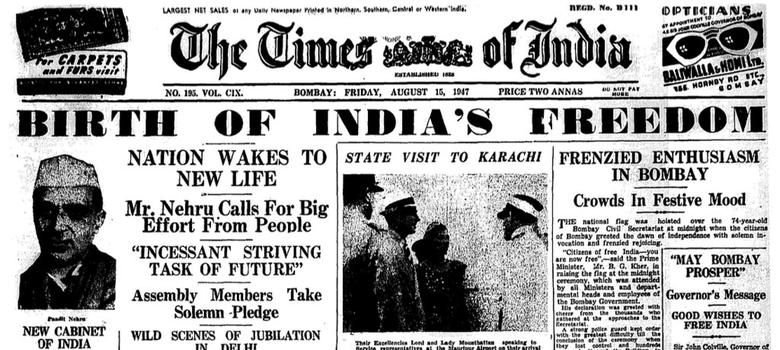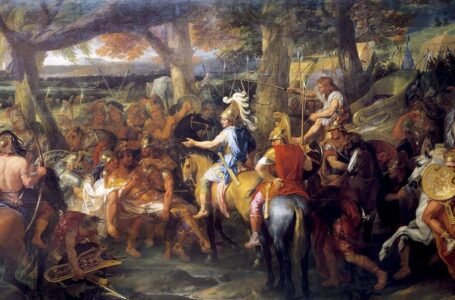Newspapers as Weapons: How India’s Underground Press Fuelled the Freedom Struggle

-Mili Joshi
When we think of India’s freedom struggle, we think of protests, marches, and brave speeches. We see Mahatma Gandhi leading the Salt March. We remember Bhagat Singh’s fearless stand. But behind these big moments was a silent force, the underground press.
Long before social media or instant messaging, India’s fight for freedom needed news. It needed ideas. It needed a voice that could travel from village to village. Newspapers became that voice. And sometimes, they were more dangerous to the British than a thousand protestors.
A Weapon in Print
Under British rule, printing a newspaper wasn’t easy. The colonial government watched every word. They censored papers, arrested editors, and banned entire publications. But Indians found a way.
Brave writers printed leaflets and secret papers. They smuggled them out at night. They hid printing presses in basements, barns, and courtyards. When one paper was shut down, another sprang up in its place.
To the British, these papers were poison. To Indians, they were hope.
A Nation Awakens
In the 19th century, India’s press was still young. The first Indian-run newspaper, Hicky’s Bengal Gazette, appeared in 1780. By the late 1800s, papers like Kesari, Amrita Bazar Patrika, and The Hindu spoke directly to Indians in their own languages.
Leaders knew the power of the press. Lokmanya Tilak, the fiery nationalist, used his paper Kesari to stir people’s hearts. He wrote in simple Marathi. His words reached farmers, traders, and students. British officers called him the “father of Indian unrest.” They jailed him more than once, but couldn’t silence him
Smuggling Words, Not Weapons
When the freedom struggle turned fierce, so did the press. Many newspapers went underground. They printed in secret and moved their bundles like smuggled gold.
In Bengal, revolutionaries hid small hand presses in safe houses. They published leaflets calling for boycotts and strikes. Some wrote about British brutality that the mainstream press wouldn’t dare print.
Sometimes, a single sheet of paper passed through hundreds of hands. People read it in whispers and hid it in clothes or under floorboards. The police raided homes looking for these “papers of sedition.”
Gandhiji’s Silent Revolution
Gandhi understood the power of the printed word more than anyone. He started Young India, Harijan, and other journals. He knew he couldn’t visit every town himself. But his words could.
Through these papers, Gandhi spoke directly to farmers in Bihar, mill workers in Ahmedabad, and students in Madras. He wrote about non-violence, swadeshi, and courage. Many of these papers were banned. People risked arrest just to carry them from town to town.
For Gandhi, the press was not just news. It was a tool to shape thought.
Women and the Hidden Papers
Many women played a quiet role in this secret press. They hid printing blocks under their beds. They carried illegal leaflets in their saris. When male leaders went to jail, women kept the presses running.
In Bengal and Punjab, women organized secret reading circles. They read banned articles aloud so that even the illiterate could hear the truth. Many were arrested. Some never came back. Their names are not in most history books, but their work kept the fight alive.
The British Strike Back
The colonial rulers knew how dangerous the underground press was. They passed harsh laws. The Vernacular Press Act of 1878 tried to choke Indian-language papers. Editors could be fined, jailed, or shut down overnight.
Police raided printing presses and confiscated papers before they were distributed. They jailed famous editors like Bal Gangadhar Tilak and Annie Besant. But the harder they hit, the braver the press grew.
Printing presses moved to new hiding spots overnight. Writers used pen names. Codes were used for secret messages. Even illiterate villagers learned to hide and pass leaflets to the next town.
When a Paper Was a Bomb
Some papers were more dangerous than weapons. A fiery editorial could spark protests in a dozen cities. A single leaflet could turn a quiet village into a crowd of freedom fighters.
Leaders like Bhagat Singh understood this well. He and his group, the Hindustan Socialist Republican Association, printed pamphlets calling for revolution. They used small hand presses and worked at night. Their words inspired thousands of young people to join the struggle.
For many, reading these secret papers was their first taste of rebellion.
Keeping the Flame Alive
India’s underground press did not stop at news. It carried poems, songs, and cartoons that mocked British rulers. Humour became a secret weapon. Satire cuts deeper than bullets sometimes.
Stories of local heroes spread from region to region through these papers. One town’s sacrifice inspired another’s fight. A small act of defiance became national news through handwritten sheets pinned to trees, temple walls, and market stalls.
After Independence
When India finally won freedom in 1947, the underground presses came into the open. Many of today’s biggest newspapers grew from those small, hidden presses.
The tradition of questioning authority remained alive. The same courage that defied the British helped build a free press for a free nation.
Why These Stories Matter Now
Today, news travels at lightning speed. A tweet can reach millions in seconds. But it’s easy to forget how much risk people once took to spread the truth.
For every leader we remember, there were nameless printers, runners, and readers. They passed secret words hand to hand, village to village. They proved that an idea can travel further than an army.
They remind us that freedom needs more than slogans. It needs voices that will not be silenced, no matter the cost.
Final Thoughts
India’s underground press was more than ink and paper. It was courage, hidden in print. It was hope, folded in a pocket. It was rebellion, whispered in the dark.
Every freedom we enjoy today, the right to speak, to write, to question, grew stronger because someone once risked jail for a single printed page.
Next time you read a headline or share a story online, think of those secret presses humming in a barn at midnight. Think of the people who believed that truth on paper could break the strongest chains.
In the end, they were right.


